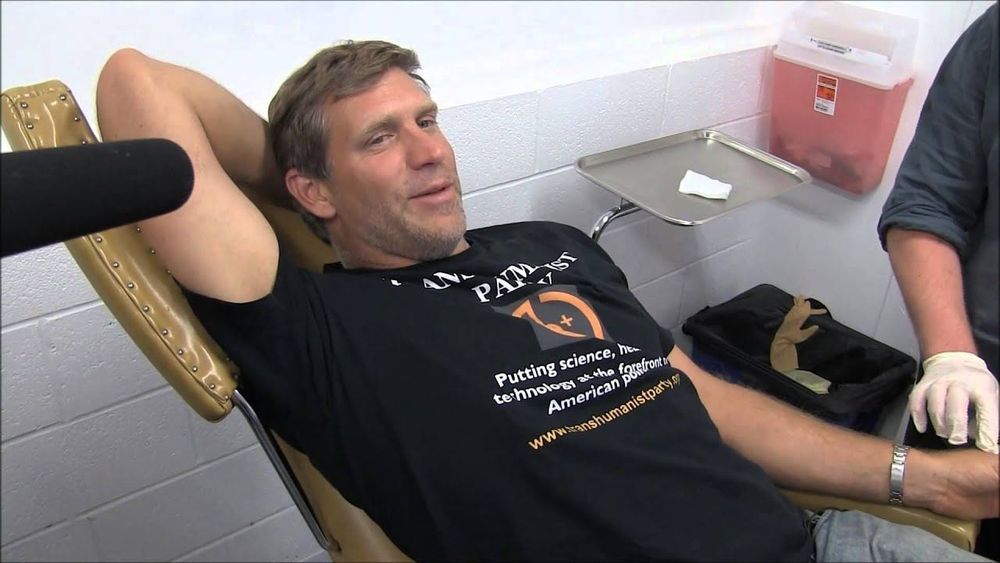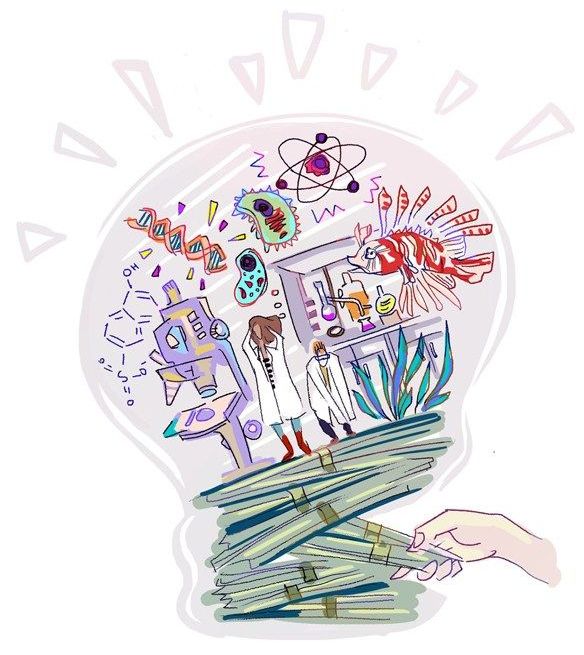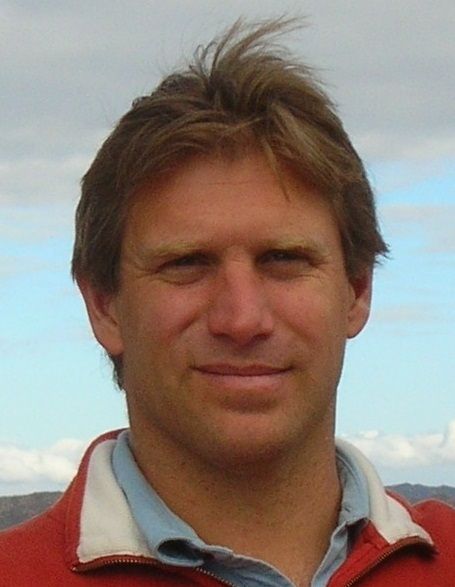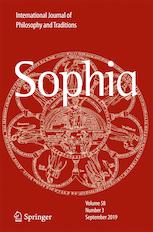Category: transhumanism

The biohacker who wants to become cyborg to be more perfect
New transhumanism and biohacking story out by one of Asia’s most influential newspapers: South China Morning Post:
From brain supplements to chip implants to nootropics, humans are using technology, medicine and extreme diets to improve their brainpower, health and longevity.

Overcoming human challenges with transhumanism
Sometimes, being human involves tragedy: unexpected accidents can alter a person’s future, permanently changing how they need to approach their daily lives. Those with traumatic brain injuries suffer long-term mental and physical challenges, such as trouble with their working memory span, which can play a significant role in their education and longevity. However, if used properly, transhuman aids such as prosthetic limbs can provide solutions to human challenges.
Transhumanism, in a nutshell, is the idea that people can use technology to overcome biological limitations. Just as how we use rational means to improve our life experiences and the world around us, we can use such means to improve ourselves as organisms. It is simply a concept, not a tangible characterization of some futuristic cyborg.
There is reasonable fear that using such technologies would be tampering with nature. This is true. However, whether something is good or bad cannot be decided simply by asking whether or not it is natural. Plenty of natural things are horrible, such as diseases and parasites, where our moral interest is to intervene and improve these conditions. The question to ask is not whether the technology is natural, but rather, what are the various possible consequences that would arise from it, both desirable and undesirable, and the likelihood of each. People who are concerned that our species will stray too far away from what it means to be a ‘natural human’ forget how far we have already evolved as a species.

NeoHuman Podcast: Evolutionary Cybernetics, Computational Physics and Consciousness Discussed
Evolutionary cyberneticist and digital philosopher Alex M. Vikoulov, author of The Syntellect Hypothesis, is interviewed by Agah Bahari, host and producer of NeoHuman podcast.
On this recent podcast, Alex Vikoulov, author of The Syntellect Hypothesis, is interviewed by NeoHuman podcaster Agah Bahari. Topics include evolutionary cybernetics, computational physics, consciousness, the simulation theory, the transcension hypothesis, the Global mind, AGI, VR, AR, psychedelics, technological singularities, transhumanism, Fermi Paradox, Digital Physics, objective reality, philosophy of mind, the extended mind hypothesis, absolute idealism, physics of time, the Omega Point cosmology, mind-uploading, synthetic telepathy, and more.
Watch a short intro here ↴.


The Anti-Deathist: Writings of a Radical Longevity Activist
Friends, I’m excited to say today is the day! I have a brand NEW book out and it’s FREE only today on Amazon. It’s called Please download a copy right now and save $7.99 today while it’s free. And please share with your friends! This books tells the tales and episodes of transhumanism and the longevity movement. Many major figures are in it:
Enter your mobile number or email address below and we’ll send you a link to download the free Kindle App. Then you can start reading Kindle books on your smartphone, tablet, or computer — no Kindle device required.

The Rise of Superhumans and the Challenges for Learning and Development
How will learning and development cope with the growing trend of humans augmenting their basic capabilities with chemical, electronic, physical, and genetic enhancements?
We’ve been entertained by a never ending stream of Marvel and DC Comics characters with super powers ranging from x-ray vision to mind control. Many of us have also spent time fantasising about the additional capabilities we’d like to help see us through the day. But what happens when those boundaries blur between science fantasy and everyday reality?
The practice of human enhancement or augmentation is a phenomena well underway across society – although the concept may be new to many of us. Over the next 25 years, the integration of information and communications technologies (ICTs), cognitive science, new materials, and bio-medicine could fundamentally improve the human condition and greatly enhance human intellectual, physical, and psychological capacities. As a result, the notion of the “transhuman” could emerge. For example, we are well underway with the process of augmenting human beings’ cognitive and intellectual abilities through technological implants, such as memory storage. These enhancements mean humans could achieve heightened senses and biological capabilities that are largely the prerogative of other species (e.g. speed, resistance, adaptation to extreme conditions, etc.).
The speed of development is truly mind blowing. Advances in cognitive enhancement drugs and “nootropic” supplements, electronic brain stimulation techniques, genetic modification, age extension treatments, 3D printed limbs and organs, and body worn exoskeletons, have given rise to the notion of enhancing the human brain and body well beyond the limits of natural evolutionary processes. Indeed, many leaders in the field of AI are fierce advocates of Transhumanism as the next stage of human evolution—arguing that if humans want to keep up with AI, we ourselves will have to become machines—embedding technology in our brains and bodies to give us similar levels of processing power.
There is already evidence of the growing use of ADHD and sleep disorder drugs like Ritalin, Adderall, and Modafinil to enhance concentration and mental agility in the workplace and by students of all ages. So how do we cater for the learning needs of a workforce which is enhancing its capacity to learn and retain information at speed and perform better at manual tasks?
We are still in the early stages of addressing the enhancement challenge, but here are five practical guidelines for L&D.
- Encourage employees to make clear if they are pursuing any form of enhancement so L&D solutions can be tailored
- Encourage those employees to find their own learning resources that best fit their enhanced capabilities and use simulation and self-managed tools that allow learners to cover the materials at their own pace
- Recognise and plan for the disruption that can take place when enhanced participants are sharing the same classrooms and workshops as standard issue Humans 1.0
- Work with the enhanced individuals to develop alternative learning materials that allow for their augmented capabilities to be used to the full
- Work with HR and corporate leadership to establish clear policies around the organisation’s approach to enhancement.
Whatever we may think personally, the practice of enhancement is well on the way to becoming an observable and growing trend in society, getting ahead of the curve here is critical if we don’t want to find ourselves unable to cater for the emerging Storm (or Dr Strange).
ABOUT THE AUTHOR
Rohit Talwar is a global futurist, award-winning keynote speaker, author, and the CEO of Fast Future. His prime focus is on helping clients understand and shape the emerging future by putting people at the center of the agenda. Rohit is the co-author of Designing Your Future, lead editor and a contributing author for The Future of Business, and editor of Technology vs. Humanity. He is a co-editor and contributor for the recently published Beyond Genuine Stupidity – Ensuring AI Serves Humanity and The Future Reinvented – Reimagining Life, Society, and Business, and two forthcoming books — Unleashing Human Potential – The Future of AI in Business, and 50:50 – Scenarios for the Next 50 Years.
Image: https://pixabay.com/images/id-2127669/ by EliasSch
This article was published in FutureScapes. To subscribe, click here.

The Posthuman Divine: When Robots Can Be Enlightened
This special issue of ‘Sophia’ aims to reflect upon future evolutions of religions and their related narratives and imaginaries from a critical and generative understanding of our ancient sources. Bodies are locations of creative power and symbolic proliferation. Cyborgian, transhuman, and posthuman embodiments are going to generate visions of the divine in tune with such an epistemic shift, by addressing questions such as: can God be represented as a cyborg? Could robots and avatars be prophets? Is internet a suitable setting for a posthuman theophany? This special issue articulates within the frame of a relational ontological perspective, according to which the notion of the divine evolves, as much as human and non-human persons do. In this evolutionary scenario, the representation of the divine realm may shift from era to era, adapting to new natural-cultural formations. This special issue argues that the posthuman paradigm shift will be followed by a symbolic turn in religious imaginaries as well.
In a posthuman future, human and non-human beings, plants, and minerals will most likely co-exist with advanced artificial intelligence, sentient robots, and conscious humanoids. As futurist Ray Kurzweil affirms: ‘The introduction of technology is not merely the private affair of one of the Earth’s innumerable species. It is a pivotal event in the history of the planet’ ( 1999, p. 35). Religions will need to re-think their theological approaches in order to allow for different types of subjectivities and embodied entities to partake in the religious quest. Religions themselves are material as well as symbolic networks, actualized through words, prayers, metaphors, rhythms, images, and symbols, among many other expressions. The physical, the virtual, and the symbolic are inextricably intertwined. In the era of the cyborg, God is not only human; in the era of the post-human, humans are not the only prophets.